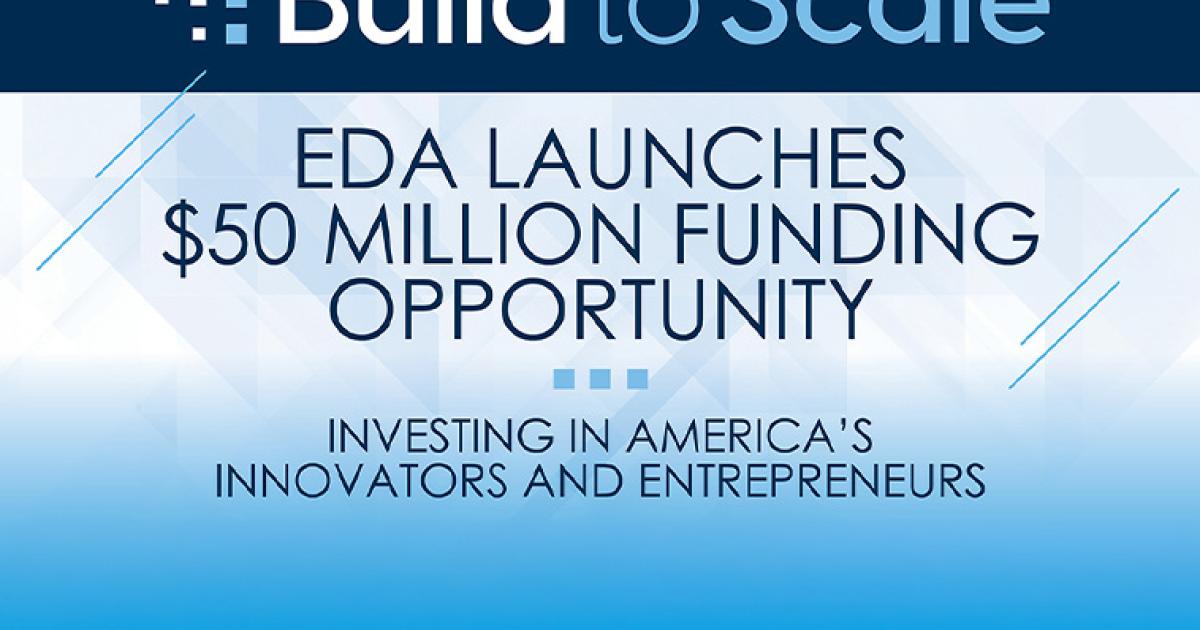Startups face numerous challenges on their journey to success, with achieving product-market fit often being the biggest hurdle. According to research, about 75% of startups fail to reach an exit, highlighting the difficulty of navigating the competitive landscape and finding the right path to success. To address these challenges, entrepreneurs can benefit from strategic guidance and frameworks that help them make informed decisions for their early-stage businesses.
Erin L. Scott and Scott Stern, who have been teaching the MIT Sloan Executive Education course “Strategy for Startups: From Idea to Impact,” have developed a systematic approach for startup leadership. Drawing on decades of academic research and real-world experience, they have outlined their framework in a new textbook titled “Entrepreneurship: Choice and Strategy.” This framework emphasizes the importance of choice in entrepreneurship and provides actionable strategies for entrepreneurs to navigate their core decisions effectively.
One key aspect of Scott and Stern’s framework is the Entrepreneurial Strategy Compass, which categorizes strategic routes to commercialization based on two dimensions: orientation toward incumbents (collaborate versus compete) and focus of investment (execution versus control). The four strategic routes include intellectual property, architectural, value chain, and disruption, each offering a unique approach to creating value and achieving growth.
To help entrepreneurs make educated choices, Scott and Stern recommend a sequential learning process known as “test two, choose one.” This systematic approach involves considering multiple strategic alternatives and identifying at least two that are commercially viable before selecting one to pursue. By testing different strategies, entrepreneurs can gather valuable insights and make informed decisions that align with their goals and resources.
An example of sequential learning in action is the story of Vera Wang, who identified an untapped market for older women shopping for wedding dresses. Instead of immediately launching her own line of dresses, Wang conducted experiments to understand customer preferences and market demand before making strategic decisions. This approach allowed her to refine her offerings and build a successful venture based on real-world insights.
Experimentation is a crucial aspect of the entrepreneurial journey, as it enables entrepreneurs to discover what works and what doesn’t before committing significant resources. By conducting lean, hypothesis-driven experiments, startups can gain early clarity on their business model and pivot if necessary. This iterative approach can help startups avoid costly mistakes and adapt to changing market conditions effectively.
In conclusion, open share links provide valuable insights into the strategic decision-making process for startups. By leveraging frameworks such as the Entrepreneurial Strategy Compass and adopting a sequential learning approach, entrepreneurs can navigate the complexities of the startup landscape and increase their chances of success. Experimentation and flexibility are key to thriving in the fast-paced world of entrepreneurship, allowing startups to innovate, adapt, and ultimately achieve their goals.



















